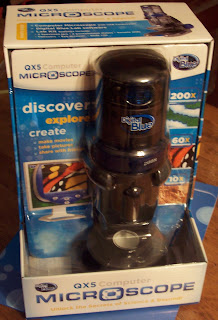One common theme in the never-ending discussion of Creationism versus evolution is "Why not teach both and let kids make up their own minds?"
The problem with that line of thinking -- leaving aside the fact that Creationism is usually understood to mean the creation story of one particular culture, rather than a comparison of the many, many traditions of how the world began -- is that when it comes to evolution, both sides are just not equal. In order to believe in Creationism in a literal sense, you have to unbelieve practically every big idea to be embraced by science in the last century. This is the argument Bill Nye makes in the video above:
Your world just becomes fantastically complicated when you don't believe in evolution. I mean, here are these ancient dinosaur bones or fossils, here is radioactivity, here are distant stars that are just like our star but they're at a different point in their lifecycle. The idea of deep time, of this billions of years, explains so much of the world around us. If you try to ignore that, your world view just becomes crazy, just untenable, itself inconsistent.The Science Guy goes on to plead with parents not to make their children deny evolution "because we need them. We need scientifically literate voters and taxpayers for the future. We need people that can ... build stuff, solve problems."
The video comes from a website called Big Think. Thanks to its sensationalist title -- Bill Nye himself talks only about "denying evolution" and makes no comment on people's personal beliefs -- the video has gotten over 3.5 million hits since it was posted on August 23, a little over a week ago. It has been mentioned on news sites around the internet, and Nye went on CBS and CNN to clarify his views.
As he says, "Learning the story is great, but it's not science."














